This time I made a circle route from Sanda to the Japan Sea coast then down the back side of the country crossing back over to Okayama then back up to Kobe and home. I’ve been on various parts of this route 2 years before during winter when my Japanese was worse, and Japan travel skills were only in their beginner stage. Which made this trip so much better as I was able to compare my first experience with my most recent one.
Day One: Sanda to Tottori
Sanda -> Fukuchiyama (Fukuchiyama Line) 三田 -> 福知山 (福知山線)This got me out into the middle of the country.
Fukuchiyama -> Kinosaki Onsen (San-in Main Line) 福知山 -> 城崎温泉 (山陰本線)
Here I changed on to the rail line that follows the Japan Sea side of the country.
Kinosaki Onsen -> Amarube (San-in Main Line) 城崎温泉 -> 餘部 (山陰本線)
Here I got off to admire a great steel bridge spanning a small seaside valley. The bridge has always been a favorite among train fans, but recently the bridge was slated for replacement by a more typical concrete one. This bridge was also made famous by an accident that occurred there when a train was blown off the bridge by a gust of wind.
The interest that has been created has led to many people coming to photograph the bridge and the locals selling souvenirs.
I also took my first swim in the Japan Sea during this trip. My friends warned me of jellyfish but I didn’t see any.
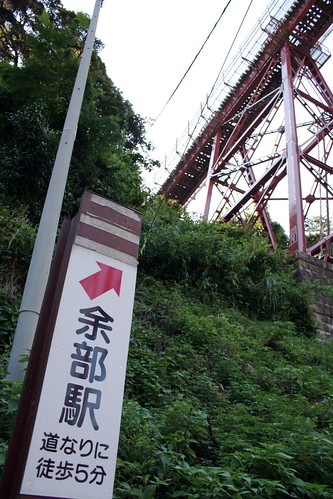
Sign showing the way to the train station up on the hill. It says it's a 5 minute walk. I think I made it faster than that however.
Here I just changed on to a continuing train to Tottori.
Hamasaka -> Tottori (San-in Main Line) 浜坂 -> 鳥取 (山陰本線)
In Tottori I took a bus to the Tottori Sakyu Japan’s largest sand dune.
I also found a little onsen to go to thanks to the lovely people at the information desk in the station.
Tottori is a prefectural capital and a regional transit center, but it’s also a great town. Both times that I have been I’ve found a great bar to go to. This time I stumbled upon noppo and had a great time chatting with the locals.
Day Two: Tottori to Nima to Matsue
Tottori -> Yonago (San-in Main Line) 鳥取 -> 米子 (山陰本線) Yonago -> Nima (San-in Main Line) 米子 -> 仁万 (山陰本線)I decided to head further down the San-in coast to the Nima Sand Museum. I wanted to go to this museum last time I came through here, but I didn’t have the time this time. The Sand Museum is home to the world’s largest hourglass which times out an entire year.
They had sand samples from around the world, even Arizona!
After checking out the Sand Museum I had almost 2 hours to wait for the next train so I found a local onsen hotel and was able to take a quick bath and get out of my sweat soaked clothing.
Nima -> Matsue (San-in Main Line) 仁万 -> 松江 (山陰本線)
I returned to Matsue found a local hotel to stay at. That night I found a great local bar and chatted with the locals.
Day Three: Matsue to Kobe via Okayama
Matsue -> Shinji (San-in Main Line) 松江 -> 宍道 (山陰本線) Shinji -> Bingo Ochiai (Kisuki Line) 宍道 -> 備後落合 (木次線)The Kisuki line was probably the most remote line that I took during my trip which is famous for its switchback. It went through tight valleys up into the mountains that make up the spine of Honshu. When we began on the trip from Shinji station the train was made up of two cars which despite the crowded conditions on the front car the back car was closed off. Most of that crowding on the train was travelers on the Seisun 18 Kippu like me including two families. I couldn’t help but think that I would be dragging my children on some middle of nowhere train trip like this in the future.
About half way on the line the train stopped an they disconnected the rear car sending it back to Shinji station.
Bingo Ochai -> Nimi (Geibi Line) 備後落合 -> 新見 (芸備線)
One train heading West the other heading East in the center of Honshu, both waiting for us.
Nimi -> Okayama (Kishin Line and Inbi Line) 新見 -> 岡山 (姫新線 と 因美線) Okayama -> Shin-Kobe (Sanyo Shinkansen ) 岡山 -> 新神戸 (山陽新幹線 ) In Okayama I was able to find a small local sento thanks in part to two local English teachers that I bumped into in a shopping arcade.
Because it was around 7PM when I was done with the sento and aching to get back home, I put out the cash for a Shinkansen ticket and had to stand next to the bathroom for my 35 minute non-stop ride to Shin-Kobe.
Food from the trip.
Due to historical, political and geographical reasons Japan has a regional mentality. This is augmented by a gift giving culture and giving a give that is branded with the place is quite important. Also, having locally produced and sourced food is also quite important. This has led to the development of ekiben, more photos here on the Japanese Wikipedia ekiben entry, which are box lunches sold at train stations. These are different depending on the station.
This is pressed tai sushi served in a wooden box from Kinosaki Onsen station.
This is some dehydrated beef I also got from Kinosaki Onsen station. This must have been one of the best things I’ve ever ate.
This is a Tottori beef donburi that came in it’s own self heating bowl.
This is local Tottori beer, I can’t remember the brewery’s name but I went to their restaurant near Yonago 2 years ago and loved it. Maybe the best micro-brew in Japan. Their GeGeGe no Kitaro themed labels are pretty cool.
It was a great trip and I really, really was reminded about how much I love this country and how much I love living here. I can’t recommend the Seishun 18 Kippu enough.
You can check out all my photos here!
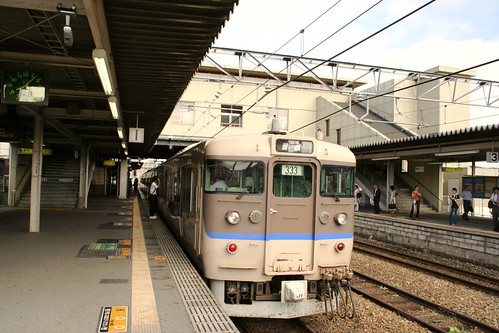
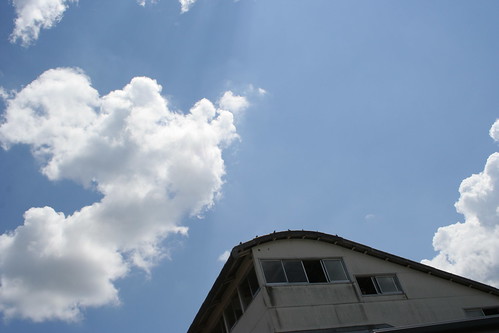
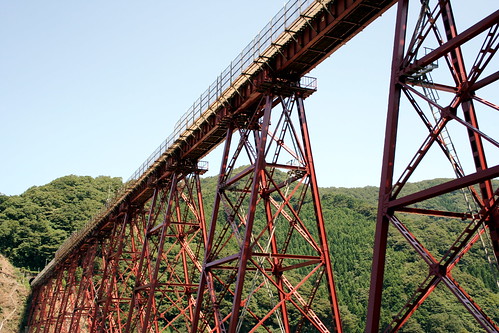
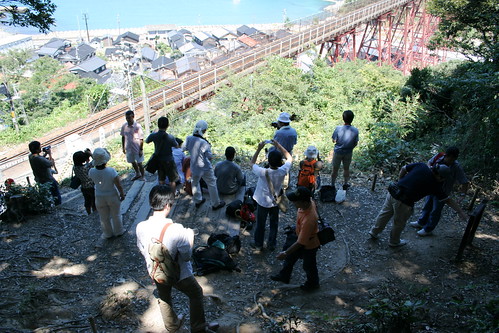
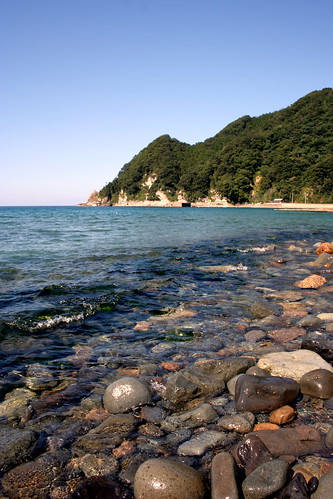
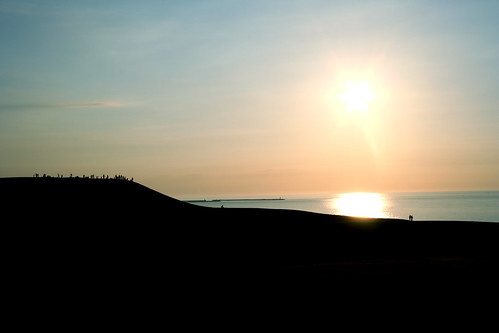
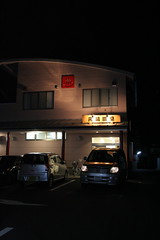
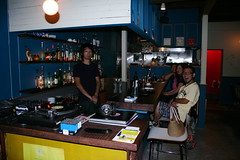
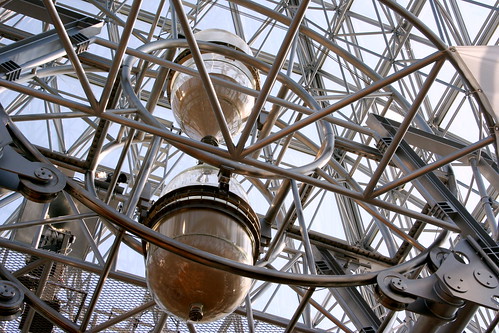
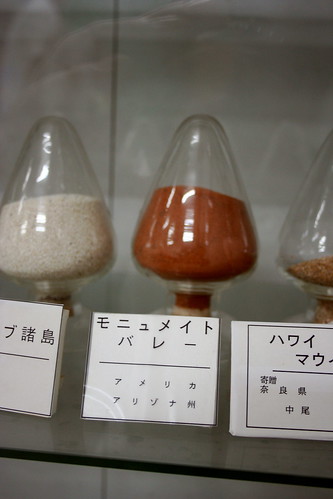
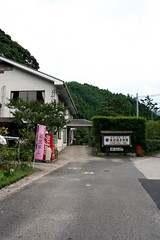
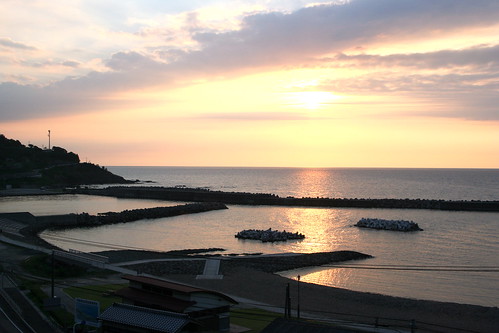
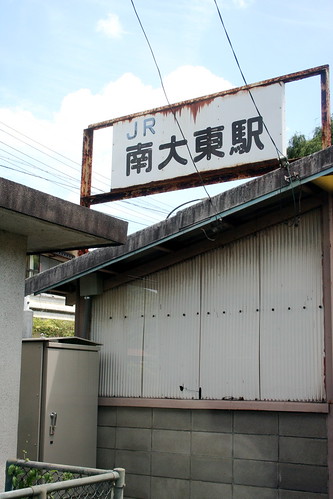
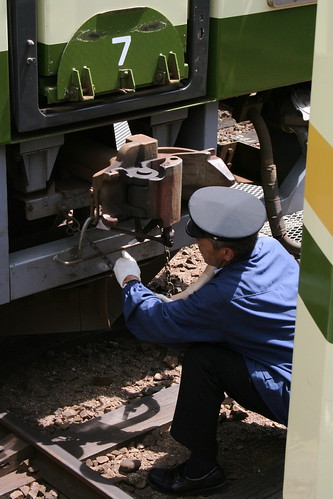
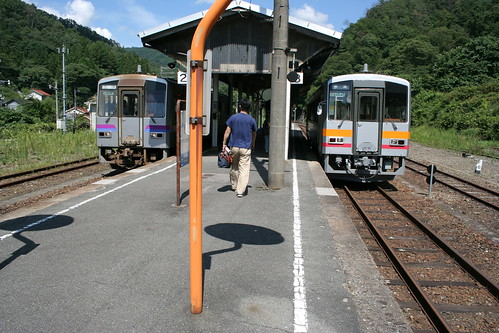
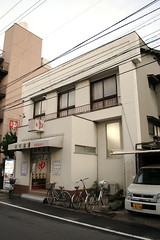
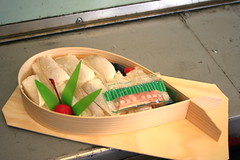
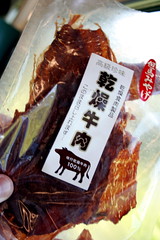
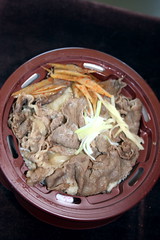
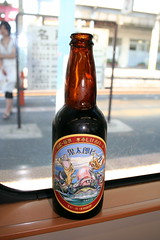
2 comments:
Hihi! Your train trip looks like such fun. In fact, Beastie+MaoFamily+me are on a train trip of Japan right now. I don't think we're going especially near you from what I can figure out...today we're in Tokyo, tomorrow we're going to Hokkaido, then Hiroshima and back. But let me know if you happen to be anywhere near where we're going and we should say hi!
MiniMao
Enjoyed this post very much. Before moving to Kyoto, I lived in Yonago for 12 years, so felt nostalgic in reading this.
BTW, I went to UA in the late 80s. Haven't been back to Tucson for a long long time...
Post a Comment